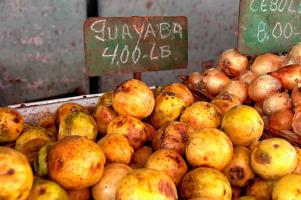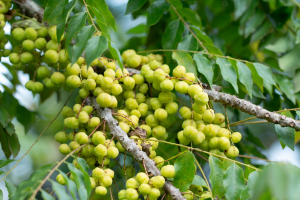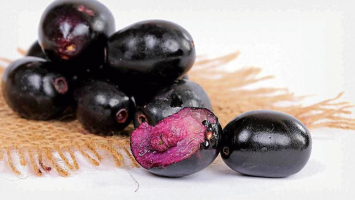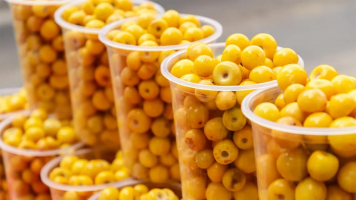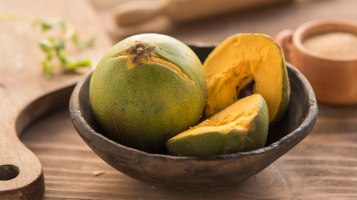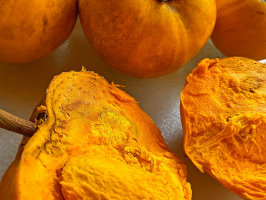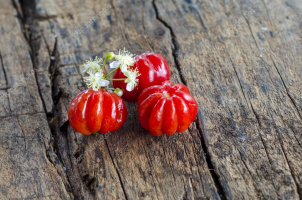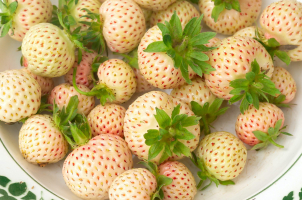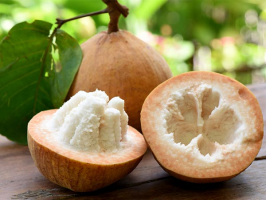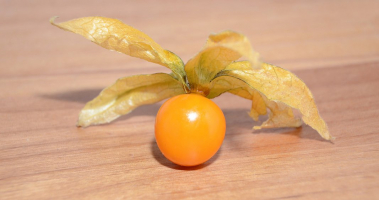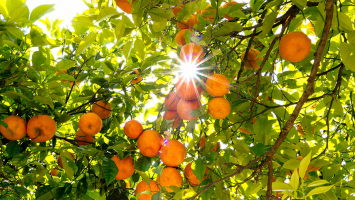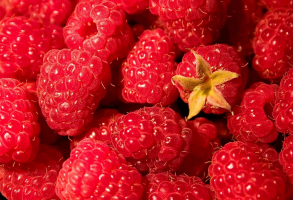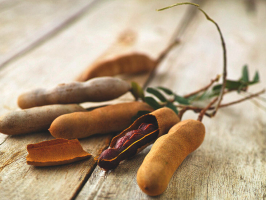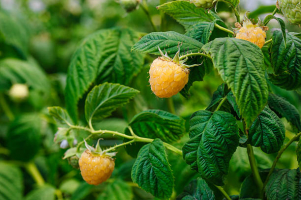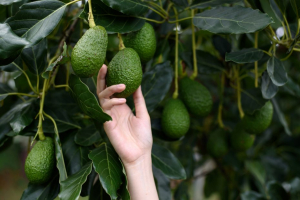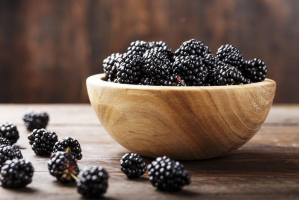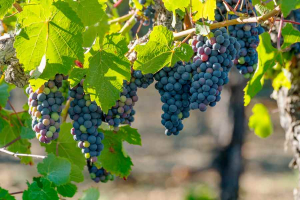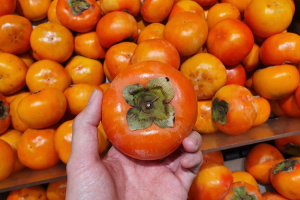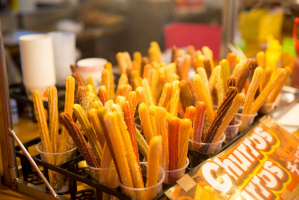Top 5 Most Delicious Spanish Fruits
Spain is the fourth largest country in the European continent and the only country in Europe that has a border with African countries. The assimilation of ... read more...culture, language, and customs are the reasons why Spain is well known as an exotic country. Not only that in culinary but even the fruits could also be considered distinctive and bring new flavors. Below are the most delicious Spanish fruits, let's find out!
-
The blackberry is an edible fruit produced by many species in the genus Rubus in the family Rosaceae, hybrids among these species within the subgenus Rubus, and hybrids between the subgenera Rubus and Idaeobatus. Blackberries are distinguished by their color, distinctive structure, and flavor. Blackberries, like raspberries, are not strictly berries; rather, they are an aggregation fruit made up of several drupes bound together by extremely tiny, almost invisible hairs. They have a solid, edible core rather than a hollow center. It has a rich inky sheen with purple tints when fully ripe. It is juicy, soft, and succulent. Their flavor is sweet, slightly tart, with earthy undertones.
It is impossible not to mention blackberries when it comes to famous Spanish berries. The Huelva region of Andalusia is the most popular blackberry area in Spain, thanks to the favorable conditions for soil, water, and climate. In addition, it also appears commonly in Jerte Valley. The collective species Rubus fruticosus, which consists of six species, is found across Europe. In a temperate region with pleasant and humid weather, blackberries flourish. They are a good source of vitamins A and C, iron, calcium, and dietary fiber. Blackberries get their dark purple pigmentation from the phytonutrient anthocyanin, which also has antioxidant properties.
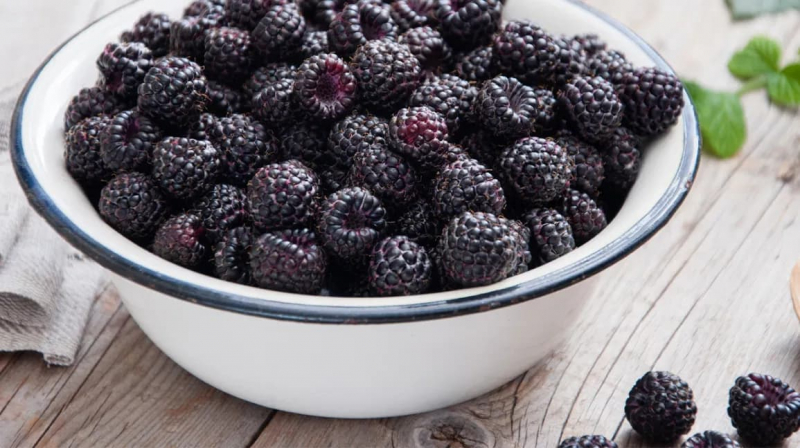
Medical News Today 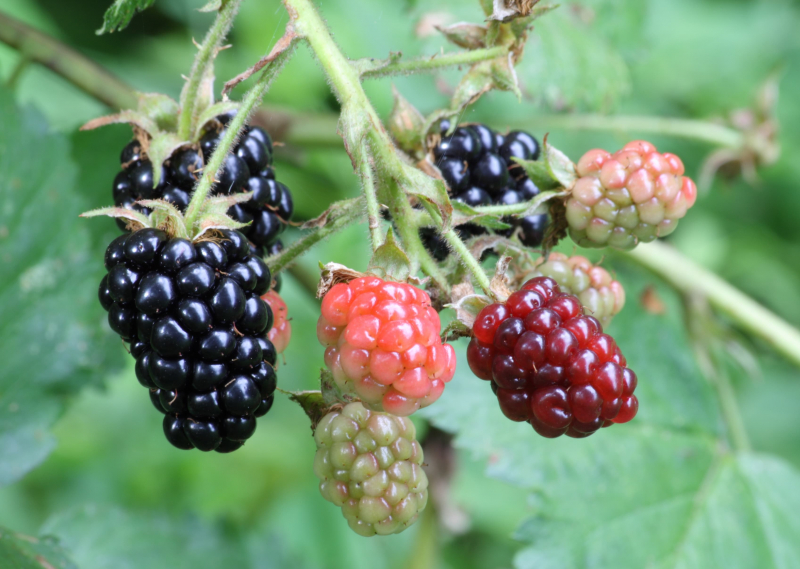
Wikipedia -
The quince is the sole member of the genus Cydonia in the family Rosaceae (which also contains apples and pears, among other fruits). Although it may be successfully grown in latitudes as far north as Scotland, quince is a native of the Hyrcanian forest region, which is located south of the Caspian Sea. It is a fruit that appears in many Spanish foods and European recipes. When eating this fruit, you will be conquered by the sour and astringent flavor. Usually, Spaniards often cook it to make jams and desserts to reduce hardness. In particular, its seeds contain nitriles and will harm your health when consumed too much.
The tree has a 5 to 8 m height and a 4 to 6 m width. The fruit is 60 to 90 mm in diameter and 70 to 120 mm long. Prior to maturing in late fall when the fruit changes color to yellow with thick, strongly fragrant flesh, the immature fruit is green with dense grey-white fine hair, much of which rubs off. The leaves have an entire edge, are alternately arranged, simple, 60-110 mm long, and heavily pubescent with tiny white hairs. The flowers, which appear in the spring after the leaves, are 50 mm across, white or pink, and have five petals. The seeds have nitriles, which are frequently found in the seeds of plants in the rose family. In the stomach, enzymes or stomach acid or both cause some of the nitriles to be hydrolyzed and produce hydrogen cyanide, which is a volatile gas. The seeds are only toxic if eaten in large quantities.
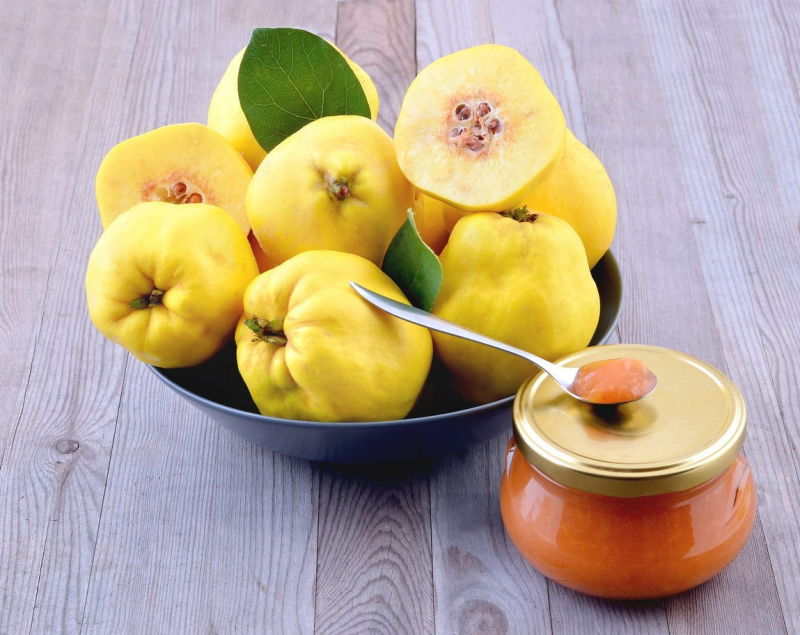
Stylecraze 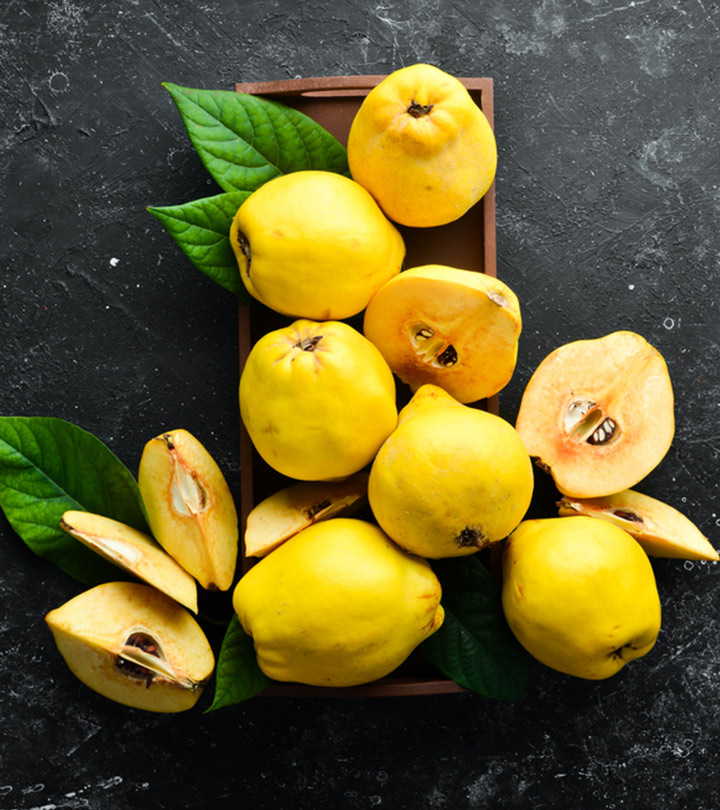
Gardening Know How -
Passion fruit is one of the most popular fruits in Spain. It is made up of passionate flowers. It appeared in Europe for the first time in 1553. Its name has many different transcription versions, including “Passionfruit” or “Passion-fruit”. A purple fruit called a passion fruit breaks open to reveal crunchy seeds encased in a yellow, delicious pulp. This tropical fruit is noted for having one of the strongest scents of any fruit, but it is also packed with health advantages that make it a great addition to your diet.
Passion fruit offers a large source of fiber when eaten with seeds. The pulp and seeds from one cup of passion fruit have 24.5 grams of fiber in them, which is more than 4 cups of bran cereal. Additionally, passion fruit is a great source of vitamin C, which supports a healthy immune system, and vitamin A, which improves vision, prevents infections and maintains good skin. Passion fruit can be prepared in a wide variety of ways, but is popular as an ingredient in smoothies or juices and a great flavor additive to yogurt, salsas, salads, and desserts. When eating it plain, slice it in half, and use a spoon to scoop out the seeds and fruit.
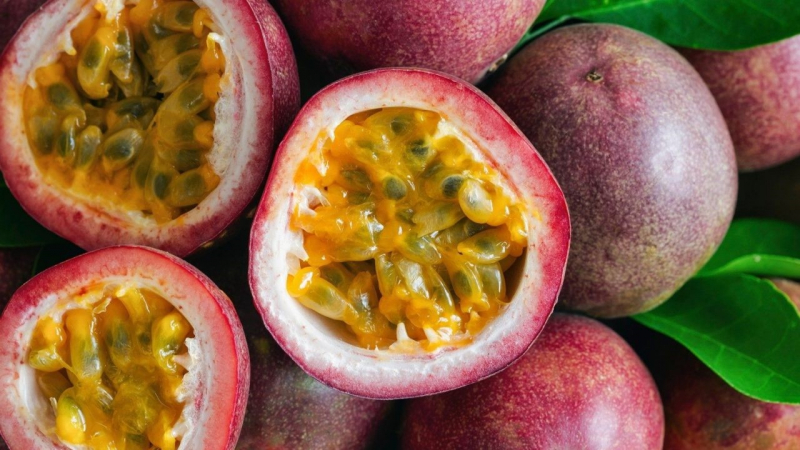
iStock 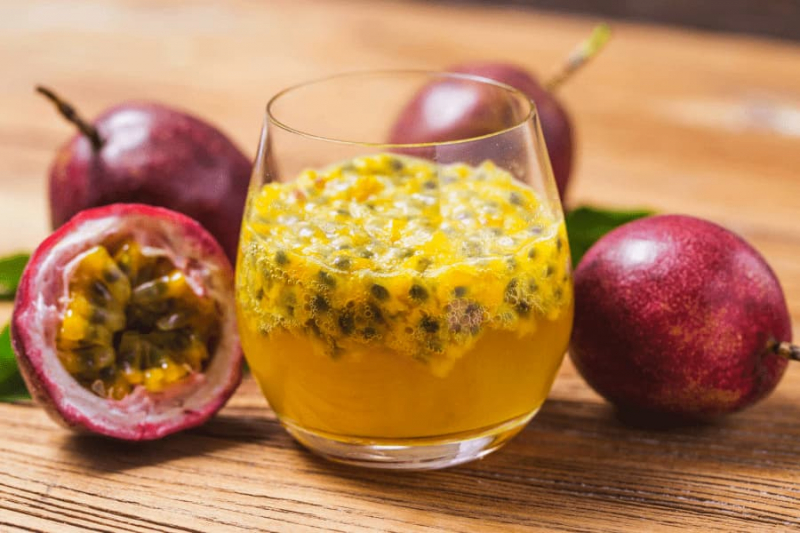
Nafoods Group -
Ackee fruits, botanically classified as Blighia sapida, are unusual, tropical fruits found on large, evergreen trees belonging to the Sapindaceae or soapberry family. The fruits are native to West Africa and were spread to tropical regions of the Caribbean and Southeast Asia during the 18th century. Ackee is a familiar fruit with Spaniards. Despite their naturalization worldwide, Ackee fruits are not commonly consumed due to their toxic and poisonous nature when unripe. Mature arils are the only parts of the fruit that can be consumed, and need to naturally ripen and split open before they are deemed safe for eating. In Jamaica, the fruits are affectionately described as “smiling” or “yawning” when they split open on the trees.
Fruits from ackees range in size from small to medium and have an oblong, oval, or pyriform shape. The fruit's skin or pod has texture, and as it ripens, it changes color from green to a vivid red or orange-yellow. The lobes will also separate as the fruit ripens, revealing reddish-pink membranes with numerous glossy, black seeds clinging to pale arils. When ripe, only the arils are edible; the pods, membranes, and seeds are poisonous and should never be eaten. Arils are firm, and spongy, and range in color from ivory to yellow. They also have a semi-smooth surface. The arils have a little tannic, sweet flavor that is evocative of avocado and almonds when they are uncooked. When the arils are cooked, they develop a soft and delicate nature with a rich, nutty, and buttery flavor.
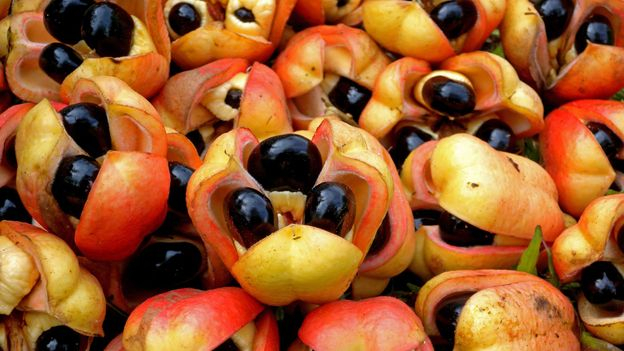
BBC 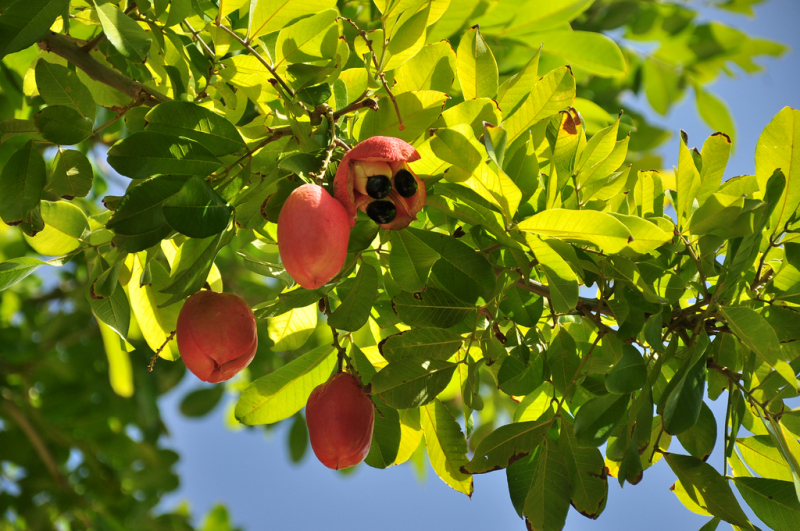
Nature's Poisons -
A cherry is the fruit of many plants of the genus Prunus and is a fleshy drupe (stone fruit). Cherry trees, like the majority of temperate-latitude trees, need a specific number of chilling hours each year to break dormancy, bloom, and produce fruit. The variety determines how long the food must cool. None of the trees in the genus Prunus can grow in tropical regions due to this need for cold weather. Cherries may be grown in most temperate climates and have a brief growing season. If you want to enjoy cherries with the most fantastic flavor in Spain, you should go to northern Alicante and south of Valencia. They have grown popular in these two areas.
Raw sweet cherries are 82% water, 16% carbohydrates, 1% protein, and negligible in fat. The cherry kernels contain amygdalin, a substance that, when consumed, causes the release of the poisonous substance hydrogen cyanide. They can be accessed by biting or cracking the hard-shelled cherry pits. Each cherry has a different amount of amygdalin, thus symptoms wouldn't appear until you ate numerous crushed pits (3-4 of the Morello variety or 7-9 of the red or black varieties). Normally, swallowing the whole of the pit has no negative effects. According to an experiment on the cyanide content of cherries, a typical cherry pit has 0.004 mg of cyanide, which is not a lethal dose for humans but should still be avoided because different cherry varieties may have higher cyanide content levels.
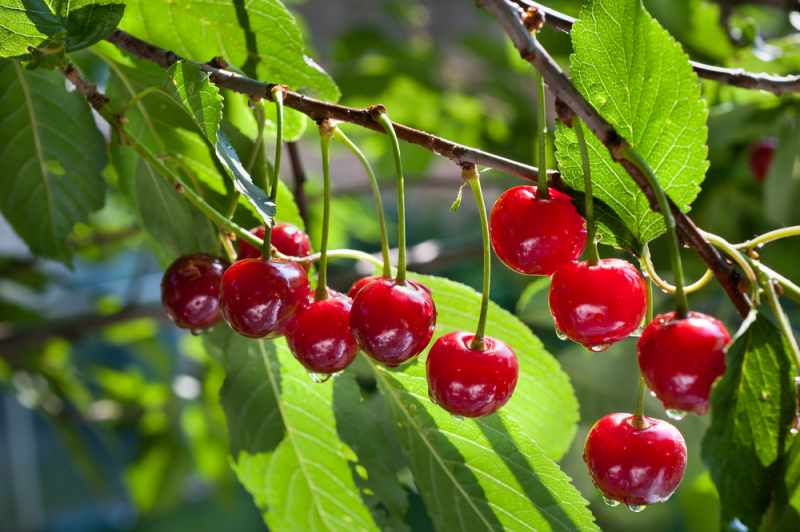
The English Garden 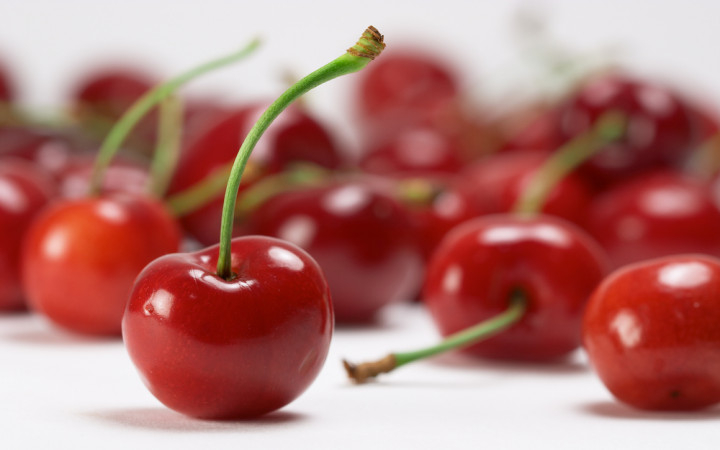
Wonderopolis







